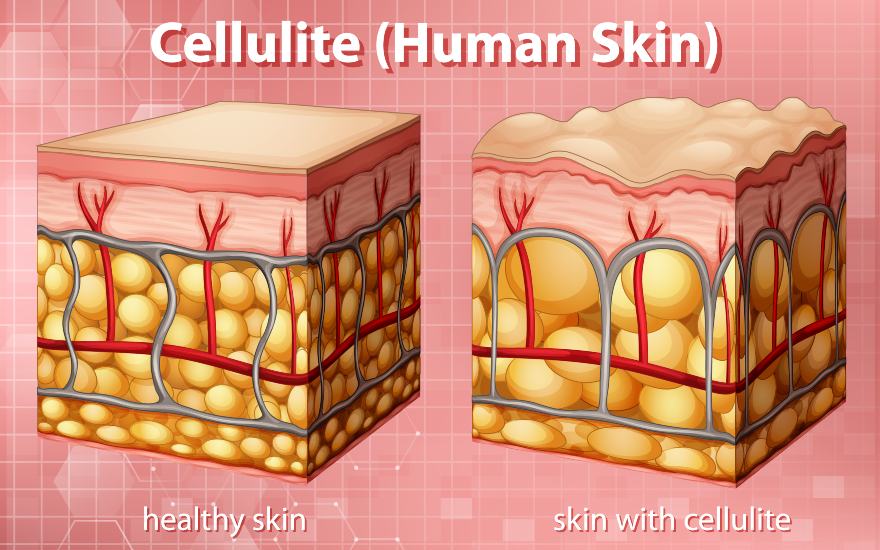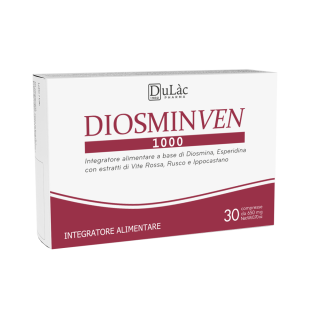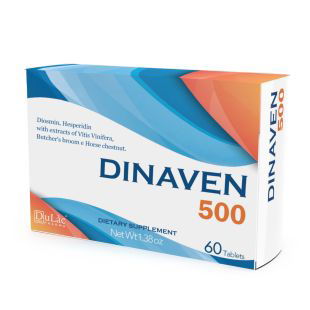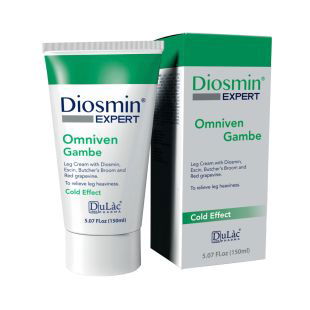Diosmin fights cellulite and water retention from within (as shown by research). Let's see how.
Cellulite is a disorder of the subcutaneous fatty tissue that manifests itself in a particularly hated blemish: orange peel skin.
Very often, problems with venous and lymphatic microcirculation are hidden behind this issue. Several studies conducted in this regard have highlighted how diosmin-rich microcirculation supplements may help fight cellulite.
In this article we will focus on diosmin and cellulite, explaining how the famous flavonoid can alleviate a problem affecting about 90% of women.
Cellulite: what is it and what are the causes of its onset
Cellulite is a degenerative disorder of the panniculus adiposus that manifests itself in the form of skin bumps, similar to holes.

Lots of people believe that this problem is caused by a high percentage of body fat. Actually, its main trigger is a poor microcirculation function encompassed by hormonal, vascular and lymphatic changes.
Although they are not the main causes of this medical condition, other factors such as sedentariness and overweight can accelerate and worsen the appearance of blemishes (so much so that many women in perfect physical shape complain of that much-hated “orange peel skin”).
To combat cellulite, as well as other annoying problems such as water retention and fragile capillaries, it is therefore recommended to work on improving microcirculation.
Diosmin, a natural antioxidant compound belonging to the flavonoid class, seems to be the most suitable substance to help with this condition.
What is microcirculation?
Microcirculation is the circulation of blood in arterioles, metarterioles, capillaries, venules and blood vessels smaller than 200 microns in size.
Suffering from poor microcirculation is a fairly common medical problem that manifests itself, among others, in the following conditions:
- swollen, heavy and painful legs, especially at the end of the day
- edema, due to fluid accumulation in the lower and/or upper limbs
- cellulite and water retention
- varicose veins and fragile capillaries (often called "broken capillaries") on the legs
- cold hands and feet
- recurrent hemorrhoidal disorders
Taking diosmin has proven to exert a positive action on microcirculation and lymphatic circulation.
Diosmin: from nature to our body. It improves microcirculation and fights cellulite
The flavonoid called diosmin is a substance that exerts a beneficial action for human health; in nature, we find it in citrus fruits but also in some plants, such as Ruta graveolens and Barosma betulina.
With regard to microcirculation, it is renowned for its anti inflammatory, antioxidant and protective action, which is why, since the beginning of the 20th century, it has been extracted from plants and used to make food supplements and cosmetic products.
The beneficial action of diosmin on microcirculation also results in the reduction of cellulite blemishes and water retention.
In particular, one of the most in-depth studies on diosmin and cellulite (Purified diosmin, a valuable pharmacological aid in the topical treatment of cellulitis in combination with manual lymph drainage, hydroelectrophoresis and tecar therapy) was carried out at the Modica Division of Sports Medicine and Traumatology in Ragusa and published in 2006 in the Italian Medical Journal Archives for Medical Sciences.
Through this study, researchers wanted to determine whether taking diosmin could enhance the effects of topical cellulite treatments, such as manual lymphatic drainage.
The combined treatment led to the achievement of optimal results, measured by skin ultrasound at 2, 4 and 6 months following the start of the study.
The conclusions drawn by this research led to the following considerations: diosmin enhances the effectiveness of topical treatment through a systemic action on blood and lymphatic vessels by restoring the normal vascular physiology, and performing a topical action on those areas involved in the inflammatory process.
Another study ((Recurrent telangiectasias after capillary sclerotherapy in women with cellulitis and the preventive effects of Diosmin) conducted in 2007 on 30 women with moderately severe cellulitis, produced similarly favorable results. In fact, diosmin proved to be extremely effective in reactivating subcutaneous microcirculation and reabsorbing interstitial edema, i.e., fluid accumulation at the tissue level.
This result was evidenced by a reduction in thigh circumference and an increase in skin smoothness.

How to take diosmin against cellulite?
It is possible to take diosmin either through your daily diet – for instance, by increasing consumption of citrus fruits - or through microcirculation supplements that contain this active ingredient, often combined with hesperidin.
Diosmin supplements are often recommended by physicians when microcirculation problems are particularly evident (and, therefore, when the patient needs a large intake of this flavonoid to achieve a substantial improvement).
The daily dosage of diosmin ranges from 450 to 900 mg per day, depending on the severity of the situation, while the duration of treatment must be determined by your physician.
In addition, you can also find this flavonoid within products for skin use, such as gels and creams against cellulite and swollen legs.
Read also: Swollen legs: quick remedies to alleviate the discomfort
In conclusion
Diosmin has proved to be an effective ally in combating cellulite blemishes, as well as capillary fragility, leg heaviness, and many other problems related to poor microcirculation.
Of course, this flavonoid alone cannot work miracles. To reduce cellulite, it is also necessary to adopt an active lifestyle, perform manual treatments such as lymphatic drainage, hydroelectrophoresis, and tecar therapy, and avoid tight-fitting clothes, which prevent proper blood and lymphatic flow.
And, last but not least, both sport and an increase in muscle mass may contribute to make blemishes less visible.
Sources:
Rosa, M.. (2006). Purified diosmin, a valuable pharmacological aid in the topical treatment of cellulitis in combination with manual lymph drainage, hydroelectrophoresis and tecar therapy. Gazzetta Medica Italiana Archivio per le Scienze Mediche. 165. 73-78.
Perotti F. (2007). Recurrent telangiectasias after capillary sclerotherapy in women with cellulitis and the preventive effects of Diosmin. Gazzetta Medica Italiana Archivio per le Scienze Mediche 2007 October;166(5):157-62
https://www.medicalnewstoday.com/articles/149465 (Everything you need to know about cellulite)
https://www.scientificamerican.com (Is cellulite forever?, by Katherine Harmon)
Disclaimer: the information provided in this article represent general indications and in no way substitute medical advice.
Picture: Picture of brgfx on Freepik



